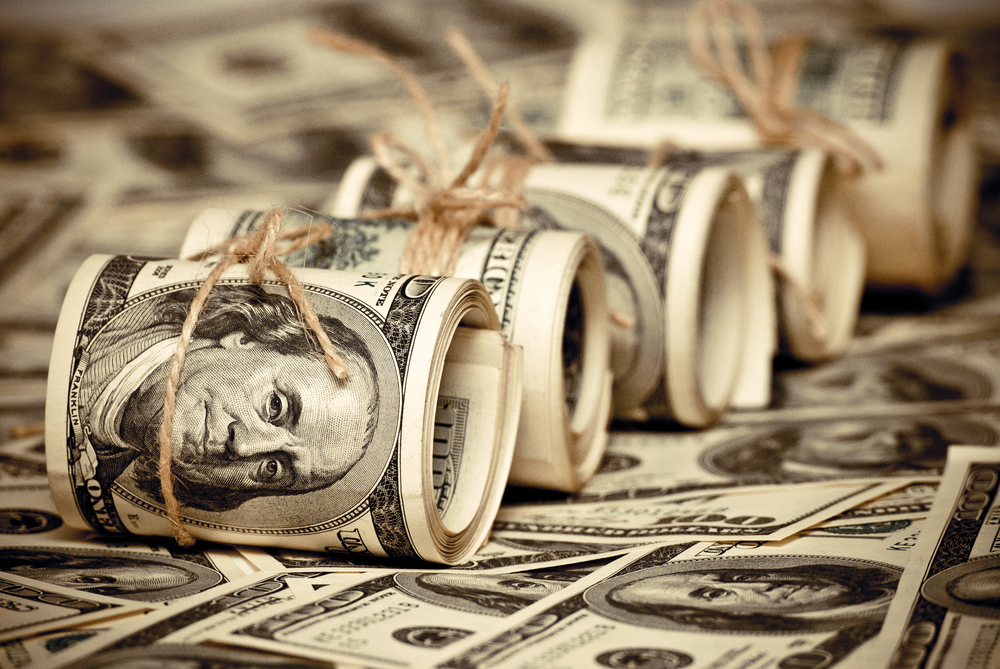
Lately, the economic news has been good. All the major stock indexes (the Dow Jones Industrial Index, NASDAQ, and S&P 500 index) recently reached their all-time highs. The economy is creating jobs. GDP was revised upwards. And the Fed is likely to cut interest rates when they meet at the end of July. Any of these signs taken individually would be enough to give the market a boost. When you put all of them together, it seems crazy to suggest that the market may need a timeout.
But what if it does? And would that be bad for the market?
Why do market extremes invite contrarian views?
Contrarian opinions exist at any time. A not very scientific, but accurate statement is that when the market nears or exceeds all-time highs or lows, it invites contrarian sentiment. Think about it. When one team is heavily favored to win a big game, it’s not uncommon to see the betting line start to move in favor of the underdog as the game gets closer. Why? If “everybody” is betting one way, it may be smart to make a contrarian bet.
It’s the same way with markets, which don’t move in the same way all the time. When a market nears a top or a bottom, some investors will hedge their investments. In the event of a rising market, they are trying to avoid a loss or simply take some profits. In the case of a falling market, they are hoping to be the first in on a potential rebound. With that in mind, it’s not unreasonable to believe that the market may be ready to take a pause simply because the momentum is so bullish.
Are technical signals pointing to a correction?
According to Carley Garner, an analyst at DeCarley Trading.com, several signals are pointing to an S&P 500 Index around 2,700.
- The S&P 500 Index has jumped 28% (650 points) since the low reached in December during the market-wide meltdown.
- The S&P 500 has had a strong seasonal correlation. Over the past 15 years, the S&P has frequently peaked in July and declined in August.
- The major exchanges may already be pricing in all the good news (e.g. an interest rate cut, a potential trade deal with China) leaving the market with less upside room than some think.
- The Relative Strength Index (RSI) which measures momentum is nearing an overbought level of 70 and at least one oscillator, the Williams %R oscillator is already showing the index as extremely overbought.
The markets are different in August and September
I’m not claiming there is a seasonal effect in the markets. When it comes to seasonal patterns, trends are about as accurate as saying you should only plan for a picnic when it’s sunny. Nevertheless, there is some truth to that statement. When technical indicators are pointing to the possibility of a correction, it can lend extra weight to the fact that August and September are two very different months for the market.
In August, trading volume tends to be light. Many traders, particularly institutional investors are not actively trading positions. In some cases, this can cause the market to go up or down on low volume, which is typically a false reading. September, however, brings the opposite problem. Known as the September Effect, the de facto beginning of fall is a time when traders re-enter the market and enter or exit positions that they have been studying. Also, September is the end of the fiscal year for many mutual funds which means that fund managers will be looking to sell losing positions before their fiscal year closes.
Corrections are normal and should not be feared
A correction is not an unusual occurrence, even during bull markets. Technically, a correction is called when a major index (e.g. DJIA, NASDAQ, S&P 500 Index) falls at least 10 percent below its most recent high. In fact, just in the last 38 years, the United States markets have experienced 37 corrections which have caused the S&P 500 to fall an average of 15.6 percent. Of these corrections, however, only 10 were the harbinger of a bear market. Nearly 70 percent of the time, the market has either continued its bullish ways or transitioned from a bear market to a bull market.
However, as investors experienced in 2018, corrections tend to be temporary and when they correct during a bull market, the market has a tremendous opportunity to move higher. The markets experience two corrections in 2018. The first correction occurred in February when the Dow (10.4 percent) and the S&P 500 (10.2 percent) both fell to correction levels below their late January peaks. Then in December, both the DJIA and the S&P 500 fell over 10 percent with the S&P falling over 15%. In both cases, the market rebounded to make up their losses and continue to higher highs.
Before you make your next trade, you'll want to hear this.
MarketBeat keeps track of Wall Street's top-rated and best performing research analysts and the stocks they recommend to their clients on a daily basis.
Our team has identified the five stocks that top analysts are quietly whispering to their clients to buy now before the broader market catches on... and none of the big name stocks were on the list.
They believe these five stocks are the five best companies for investors to buy now...
See The Five Stocks Here
Which stocks are major institutional investors including hedge funds and endowments buying in today's market? Click the link below and we'll send you MarketBeat's list of thirteen stocks that institutional investors are buying up as quickly as they can.
Get This Free Report